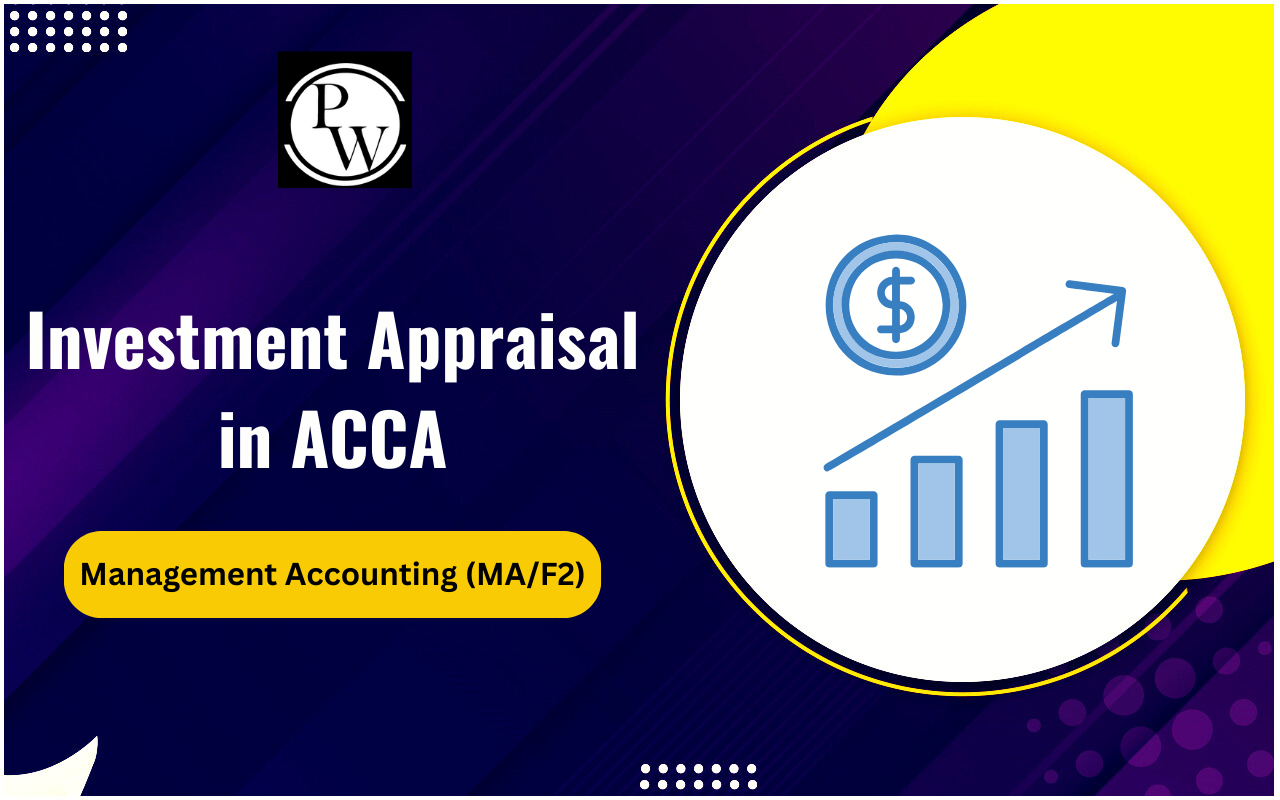
ABC Costing (Activity-Based Costing): In cost and management accounting, Activity-Based Costing (ABC) is one of the most useful approaches. It provides a more logical way of assigning overhead costs compared to traditional methods. For students preparing for Paper 3 Costing, this is a vital topic. Along with costing, businesses also need budgets to plan their expenses and resources. When both concepts are combined, they give a complete tool for cost control and planning. This article explains ABC Costing CA Inter in simple terms and connects it with budgeting.
What is ABC (Activity-Based Costing) Costing?
ABC Costing means Activity-Based Costing, studied in the CA Inter syllabus. In this system, costs are not just spread evenly but are traced based on activities. Traditional costing often uses one basis, like labour hours or machine hours. This is not always accurate. For example, two products may take equal labour hours but require different inspection times. Traditional costing will assign them the same cost, but ABC will assign inspection costs separately. This makes costing more realistic.
Basic Terms in ABC Costing:
Activity: A task that causes cost, such as inspection or order processing.
Cost Driver: What causes the cost to happen, for example, the number of purchase orders or machine hours.
Cost Pool: A group of costs related to a certain activity.
Cost Object: The product, service, or customer for which the cost is measured.
How ABC (Activity-Based Costing) Works?
Below, we’ve mentioned that the working of ABC Costing follows some steps:
- Identify Activities: Find out all the activities performed in the business. Examples include machine setup, inspection, and material handling Create Cost Pools: Collect costs for each activity. These are called cost pools. For example, all setup costs are placed in one pool.
- Identify Cost Drivers: A cost driver is a factor that causes the cost. Example: the number of setups for the setup cost.
- Assign Costs to Products: Based on the usage of activities, costs are linked to products.
Levels of Activities in CA Inter ABC Costing (Activity-Based Costing)
In ABC Costing CA Inter, activities are grouped into four levels. This division is important for solving ABC costing sums in Paper 3 Costing. Below, we’ve mentioned the levels of activity in ABC Costing in CA Inter:
Unit-Level Activities: These are performed for each unit produced. Example: power used for running machines.
Batch-Level Activities: These are done for a batch of products. Example: setting up machines or quality testing for a batch.
Product-Level Activities: These are related to a specific product. Example: product design, research, and development.
Facility-Level Activities: These support the organisation as a whole. Example: building rent, factory maintenance.
Advantages of ABC Costing (Activity-Based Costing)
For students, understanding the advantages of ABC Costing CA Inter is important for budgetary control cases and exams. Below, we’ve mentioned that the ABC Costing CA Inter has several advantages that make it popular:
Accurate Costing: It traces costs more accurately to products.
Better Decision Making: Managers know which products are profitable and which are not.
Focus on Cost Drivers: It highlights the main reasons for costs.
Improves Pricing Decisions: Products can be priced correctly as their true cost is known.
Supports Cost Control: By identifying costly activities, managers can work on reducing them.
Limitations of ABC Costing (Activity-Based Costing)
Even though ABC is useful, it has certain drawbacks. Thus, while ABC Costing CA Inter is effective, it should be applied only where suitable. Below, we’ve mentioned the Limitations of ABC Costing:
High Cost of Implementation: It requires trained staff and systems.
Time-consuming: Identifying activities and drivers takes time.
Difficult for Small Firms: Small firms may not find it practical.
Complexity: In large businesses, ABC can become complicated.
Data Collection Problems: Collecting correct data for cost drivers may not always be easy.
ABC Costing in Budgetary Control Cases
Budgetary control means preparing budgets, comparing them with actual results, and taking corrective actions. In many budgetary control cases, ABC is used to make activity-based budgets. Instead of making broad budgets, firms prepare detailed budgets for activities like inspection, setups, and deliveries. This allows more control and transparency. Managers can identify which activity overspent and why.
For students, linking ABC Costing with budgeting makes it easier to solve case studies in Paper 3 Costing.
What is Activity-Based Budgeting?
Activity-Based Budgeting (ABB) is budgeting based on activities. In traditional budgeting, past expenses are used to prepare the next budget. But ABB looks at expected activities. If production increases, related activities like inspection and packaging will also increase. ABB plans costs according to such activities. This method works well with ABC Costing, as both focus on activities.
Benefits of ABB
Below, we’ve mentioned the benefits of ABB:
More Accurate Budgets: Since costs are linked to activities, budgets become realistic.
Improved Resource Allocation: Resources can be given to important activities first.
Cost Control: Unnecessary activities can be reduced.
Future Focused: ABB prepares the organisation for upcoming needs, not just past trends.
Cost Reduction: By analysing each activity, managers can find ways to reduce expenses.
Challenges in Implementing CA Inter ABC Costing and ABB
While both systems are powerful, they have challenges. So below, we’ve mentioned the challenges in implementing ABC Costing CA Inter and ABB:
Need for Skilled Staff: Employees need training to understand activities and drivers.
Resistance to Change: Workers may prefer old systems and resist ABC.
Costly Implementation: Software and systems are needed to apply ABC.
Complex for Large Firms: With too many activities, data collection becomes difficult.
Regular Updates Required: Activities change often, so systems must be updated.
ABC Costing Sums Example
Let us see a simple example of ABC costing sums:
- Setup cost pool = ₹50,000; cost driver = number of setups (100 setups). Cost per setup = ₹500.
- Product X requires 20 setups. So, setup cost = 20 × 500 = ₹10,000.
- Product Y requires 10 setups. So, setup cost = 10 × 500 = ₹5,000.
CA Inter ABC Costing Practice Question
Below, we’ve mentioned some practice questions of ABC Costing CA Inter for students:
Q1. Product Profitability Analysis (Fruitolay Case)
Fruitolay wants to analyze the profitability of its product lines (Lemon, Grapes, Papaya). Given revenues, cost of goods sold, and store support costs,
- (i) Calculate operating income and operating income percentage by allocating support costs using traditional costing (based on cost of goods sold).
- (ii) Calculate operating income and percentage using an ABC system based on activities like ordering, delivery, shelf stocking, and customer support.
- (iii) Compare and interpret differences between traditional costing and ABC costing results.
Q2. Overhead Allocation Using Activity-Based Costing (MK Ltd.)
MK Ltd. manufactures four products with different batch sizes and production runs. Given total overheads, activity cost drivers, and their quantities:
- Calculate overhead allocation rates for different activities such as setups, store receiving, inspection, and dispatch.
- Allocate total overhead costs to each product based on their activity usage.
- Calculate the overhead cost per unit for each product using the ABC method.
Q3. Comparing Traditional Overhead Recovery vs ABC (Product P & Q)
A company uses a single overhead recovery rate based on direct labour hours, but plans to switch to ABC. Given overhead expenses and activity consumptions:
- Calculate unit costs of products P and Q using the traditional single overhead absorption rate.
- Determine the costs of products P and Q using ABC cost driver rates based on activities like receiving, setups, and quality inspections.
- Calculate sales value for a new component ‘R’ using ABC costing and price mark-up.
Q4. Overhead Cost Allocation Among Products (Linex Ltd.)
Linex Limited manufactures several products where overheads include machine and assembly department costs, setup, receiving, processing, and inspection costs. Given machine and assembly hours, production runs, and orders:
- Calculate activity cost driver rates for each overhead pool.
- Allocate overheads to products based on their usage of cost drivers.
- Prepare a detailed statement showing overheads allocated to each product using ABC.
Q5. Break-Even Analysis with Changes in ABC Variables (X Ltd.)
X Ltd. manufactures one product with proposed changes in setups and engineering hours. Given the current and proposed setups, costs, and unit selling price:
- Calculate the break-even production volume (units and setups) under changed conditions using ABC costing.
- Explain whether the company should further break down the remaining fixed costs into activity-based costs and why.
ABC Costing CA Inter is a costing method that links overhead costs to activities. It provides accurate costing, supports pricing, and helps in decision-making. Its advantages are many, though challenges like cost and complexity exist. When applied with budgets, especially in budgetary control cases, it provides better control and planning. Activity-Based Budgeting (ABB) further improves budgeting by focusing on future activities. For students preparing for Paper 3 Costing, clear knowledge of ABC Costing CA Inter, ABB, and ABC costing sums is essential. This knowledge will not only help in exams but also in understanding real business situations.
ABC Costing FAQs
What is the main difference between traditional costing and ABC Costing CA Inter?
Why is ABC Costing important for Paper 3 Costing students?
How does ABC Costing CA Inter support budgeting?
What are the challenges in implementing ABC and ABB?










